It is finally very noticeable that the temperature has dropped.
In the hearts of Tea enthusiasts, they silently say: it's the season for boiling tea.
Lín Qīngxuán wrote in “Boiling Snow,” that there is a legend about people living in the North Pole. Because of the freezing cold, when they speak, their words freeze into snow which the other person cannot hear. They have to take the snow home and roast it to slowly reveal what was said. The story is heart-touchingly beautiful.
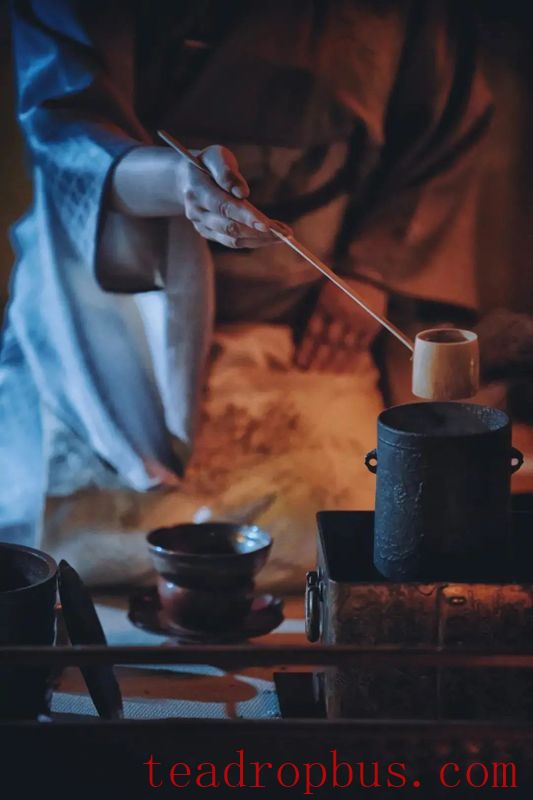
Boiling tea is something that tea lovers long for every autumn and winter.
Boiling is a process and also a wait. A wait for change, a wait for surprise…
Place the tea into water, as the temperature rises, watch the steam gradually spread, the tea fragrance slowly infuses, and listen to the bubbling sounds coming from the kettle, warming up the surroundings.
As the weather becomes increasingly chilly, the boiling method of tea preparation is more suitable compared to Steeping. After being gently simmered over low heat, the tea broth resembles amber in color, its nature is warm, promoting blood circulation and dispelling coldness.
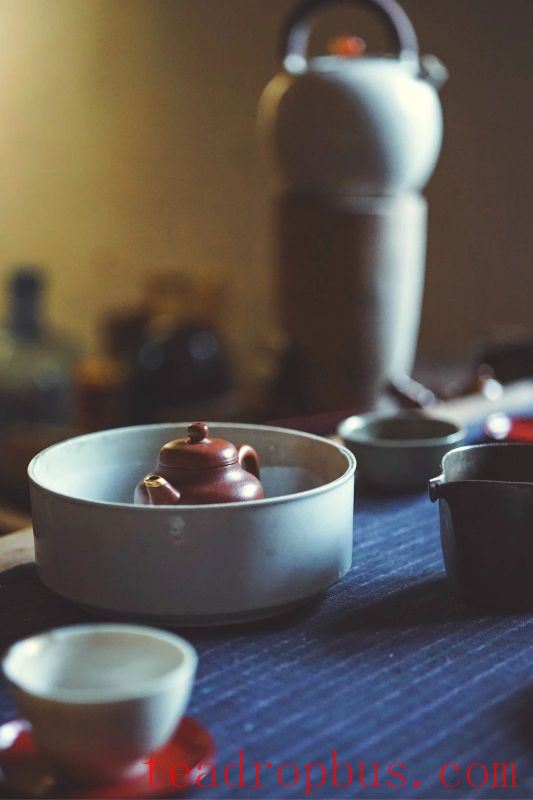
Sipping the tea broth, watching the swirling steam, feeling the warmth spreading throughout your body from inside out, is one of the greatest joys of autumn and winter.
Since the boiling method is completely different from steeping, the standards for evaluating tea are also different.
Apart from good taste and an appealing broth color, which are common characteristics, steeping allows you to feel the changes in taste with each infusion, while boiling tea seeks stable taste.
If the richly varied taste of steeping leaves a lasting impression, then where does the charm of consistently tasting tea lie in boiling?
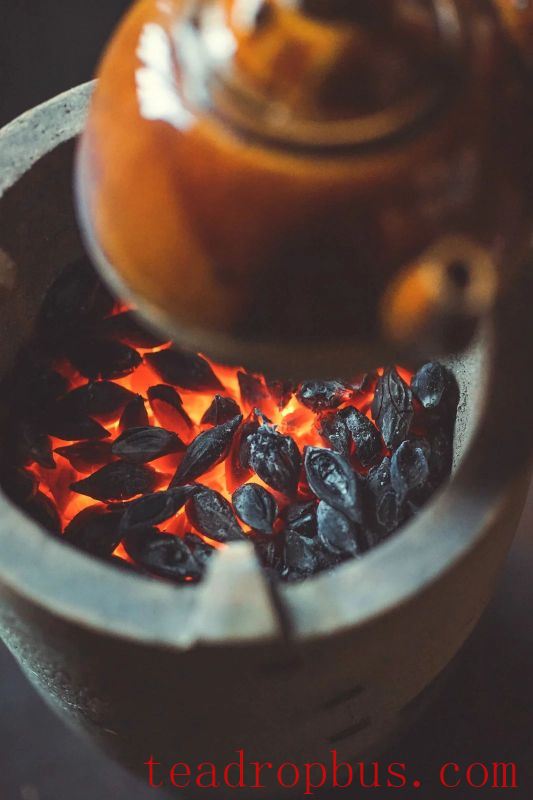
The answer is: the richly varied sensory experience. Speaking of this, experienced tea enthusiasts may immediately think of Lù Tóng's poem on the Seven Bowls of Tea. No wonder it focuses on bodily sensations rather than changes in taste.
The boiling method of tea preparation refers to cooking tea in water before drinking. Directly placing tea in a pot to cook was the most common way of drinking tea in China before the Tang Dynasty.
The process is detailed by Lù Yǔ in “The Classic of Tea.” Generally speaking, first crush the tea cake for use, then start to boil water. Place carefully selected water in a pot and heat it over charcoal until it starts to boil but not fully. Add crushed tea leaves.
When tea and water mix, foam appears at the second boil. The foam is fine tea flowers, and the larger foam is the essence of the tea. At this point, scoop out the foam and place it in a container to be used later.
Continue heating, allowing the tea and water to further blend, creating waves, referred to as the third boil. At this stage, pour the foam scooped out during the second boil back into the boiling tea water, adjusting the quantity based on the number of people present. Once the tea broth is cooked, pour it evenly into everyone's bowls, symbolizing equal sharing and the willingness to share both joys and sorrows.
China's tea culture reached its peak during the Tang and Song dynasties, similar to its politics and economy. Our ancestors drank tea by boiling it during the Tang and Song dynasties. The modern method of steeping tea that we are familiar with formed after the Yuan Dynasty.
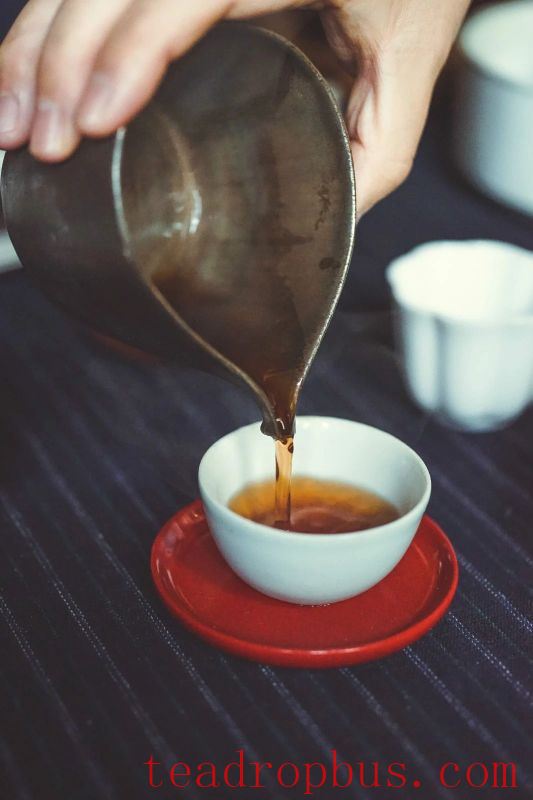
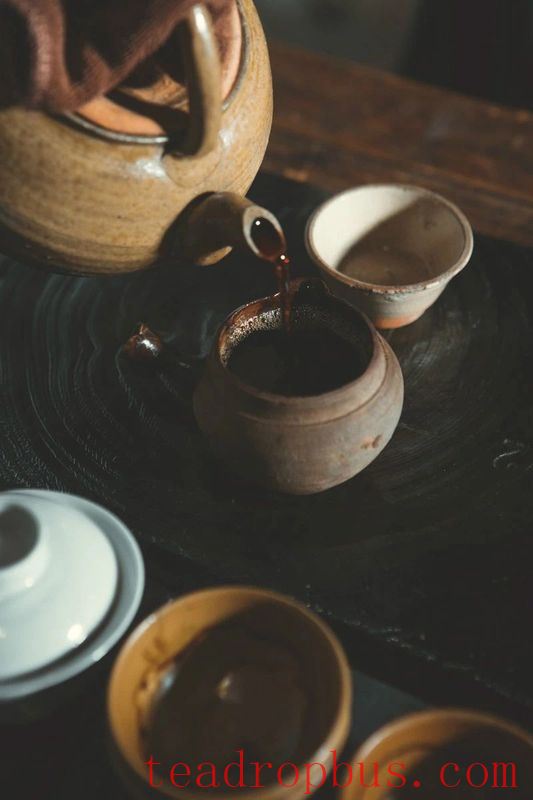
In ancient times, boiling tea was divided into: court boiling tea, Zen tea, literati boiling tea, and commoner boiling tea. Placing tea directly into a pot to boil was the method of commoners, hence it was called commoner boiling tea. Court boiling tea had the most procedures and was the most refined.
At the Ritual Tea Room, we believe that apart from paying attention to the integration of tea, utensils, water, and fire, the role of people is even more important!
How tea, utensils, water, and fire integrate is determined by people. Without people, they are just separate entities. Only through the role of people can their value be discovered and enhanced.
Selecting Tea
When boiling tea, choose aged White Tea, dark tea, ripe Pu'er tea, or aged Tie Guan Yin, etc. These teas, either through processing techniques or aging, have lost their initial rawness and coolness, their nature becoming warmer.
After boiling, these types of tea will not become overly bitter and astringent, making them difficult to drink. Instead, their warm nature is perfect for dispelling coldness.
In addition to directly boiling dry tea, you can also stew the tea roots left after steeping tea. This method is mostly used for aged teas, allowing the essences that were not released during steeping to fully extract. Only in this way can the years that the aged tea has undergone be truly appreciated.
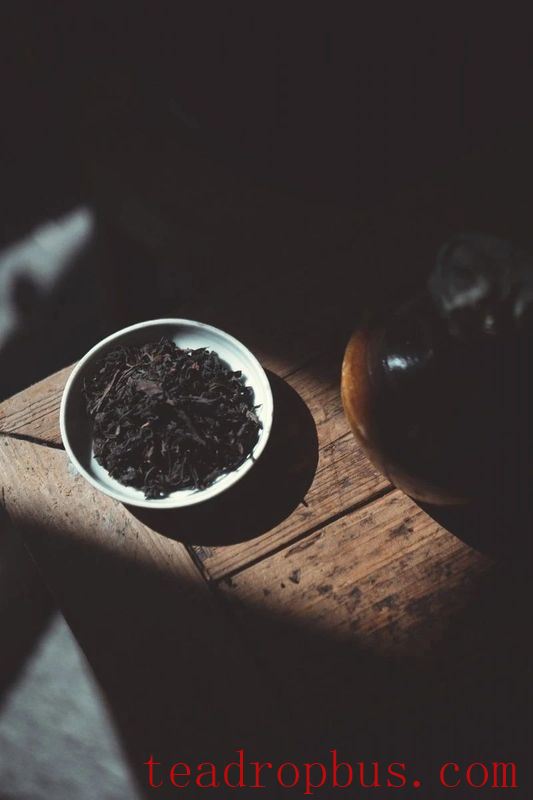
Boiling
The water-to-tea ratio used in the boiling method is generally controlled at around 5-6 grams of tea per 1000cc of water. Tea enthusiasts can adjust this ratio to suit their own preferences.
Since boiling tea doesn't require the same strictness as steeping, if the tea broth is too light, simply add more tea or extend the boiling time. If the tea broth is too strong, add some more water and bring it back to a boil.
Tea can be placed directly into the kettle, or added to a tea bag for easier cleanup afterwards.
If using a tea bag, try to use a larger size so that the tea leaves have enough space to fully expand. This results in a better mouthfeel in the tea broth.
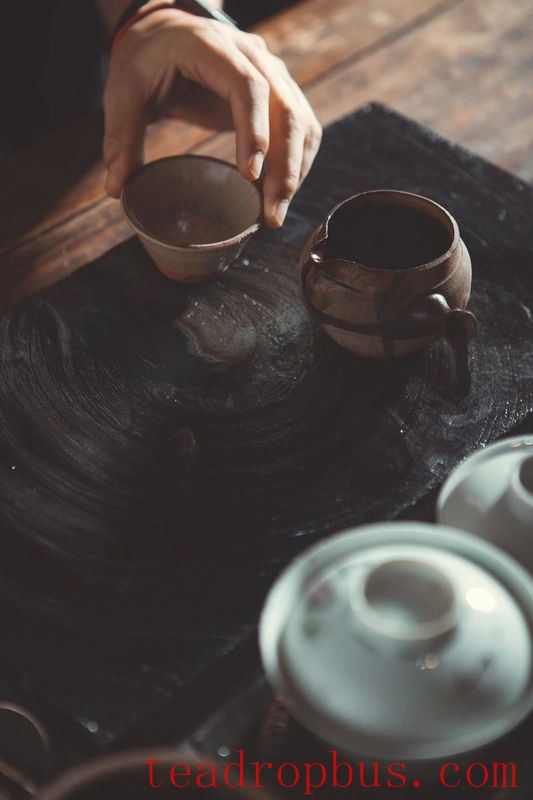
Simmering
The recommended simmering time is 60 to 120 minutes, for the tea broth to achieve a rich and smooth quality. After boiling, pour the tea broth into a pitcher to serve in individual cups, while keeping the stove on low heat to keep the tea warm.
If the tea broth is too concentrated, add an appropriate amount of water to the kettle and bring it back to a boil. Adjust it to a concentration that suits your personal preference, adding another layer of enjoyment.
Liking boiled tea is not about the quality of the tea itself, but rather the way of drinking tea, casual and without complicated rules.
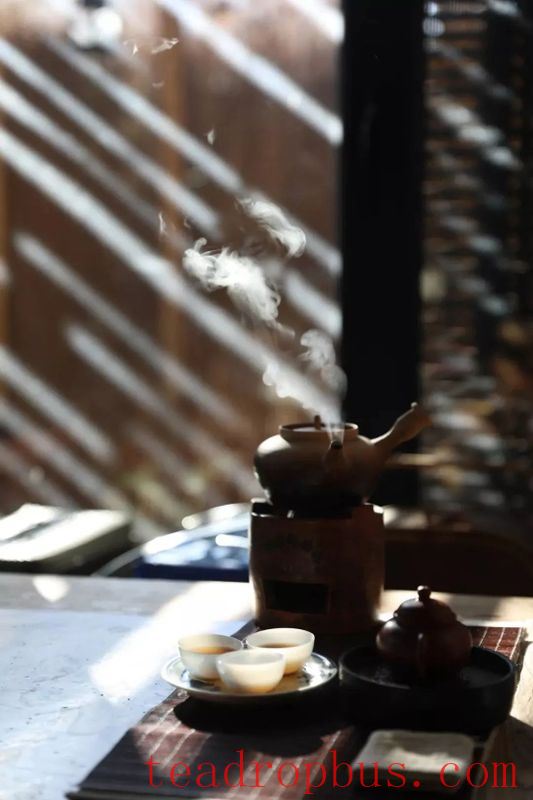
Gǔ Lóng once said, “As long as the tea is hot, it won't be too bad.” The great swordsman had very simple expectations for tea, as long as it's hot, it can comfort a cold heart.
Hot things generally have a warm attribute, comforting and full-bodied, capable of softening all barriers. Sometimes, just a hint of warmth is enough to sweeten the dreams of an entire autumn night.
I enjoy drinking a cup of hot tea on every cold day. Where the tea comes from is no longer important, what matters is the temperature of that bowl of tea broth. With temperature comes flavor, memory, and stories.
If there are any copyright issues, please contact us to remove them.